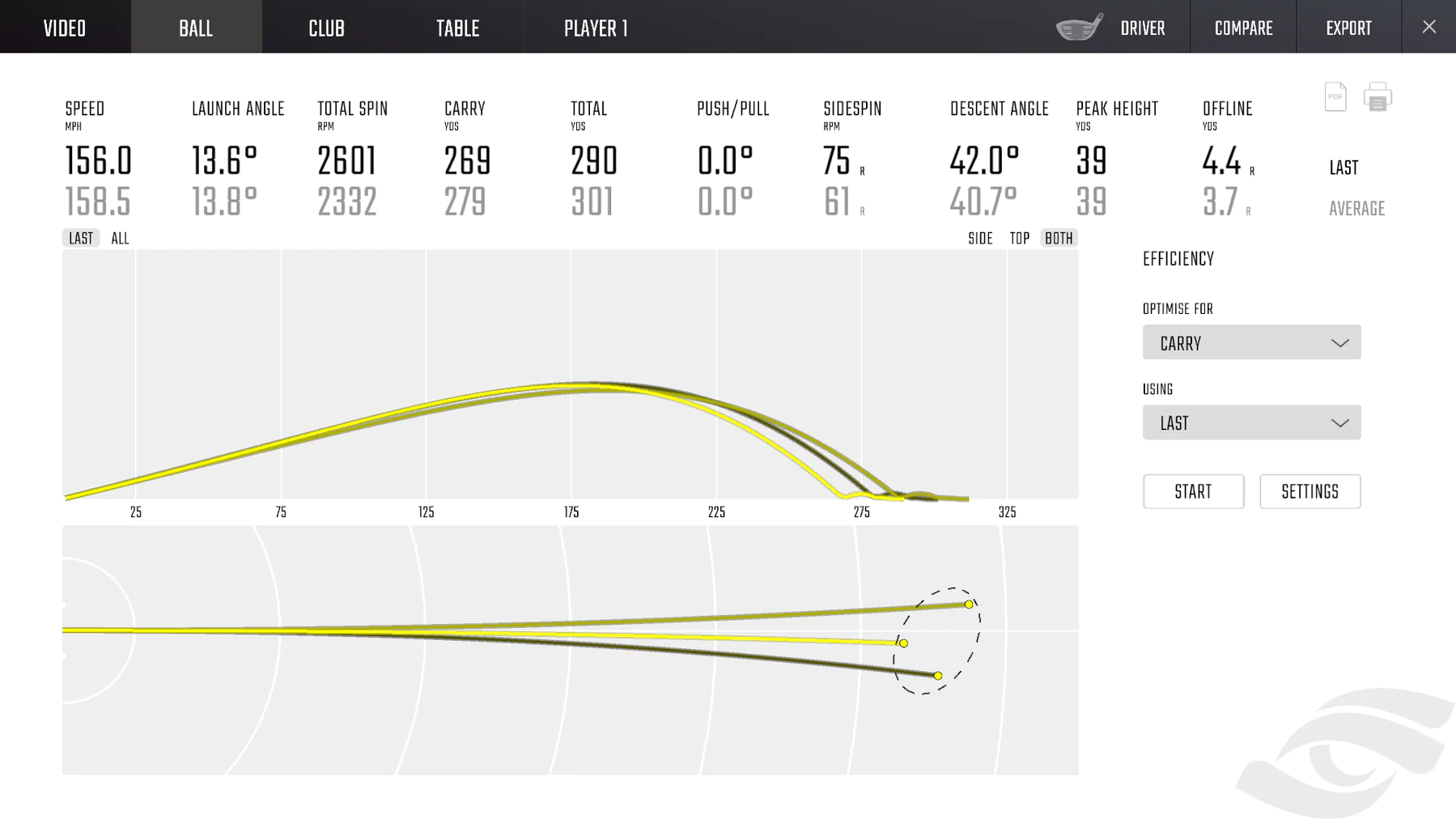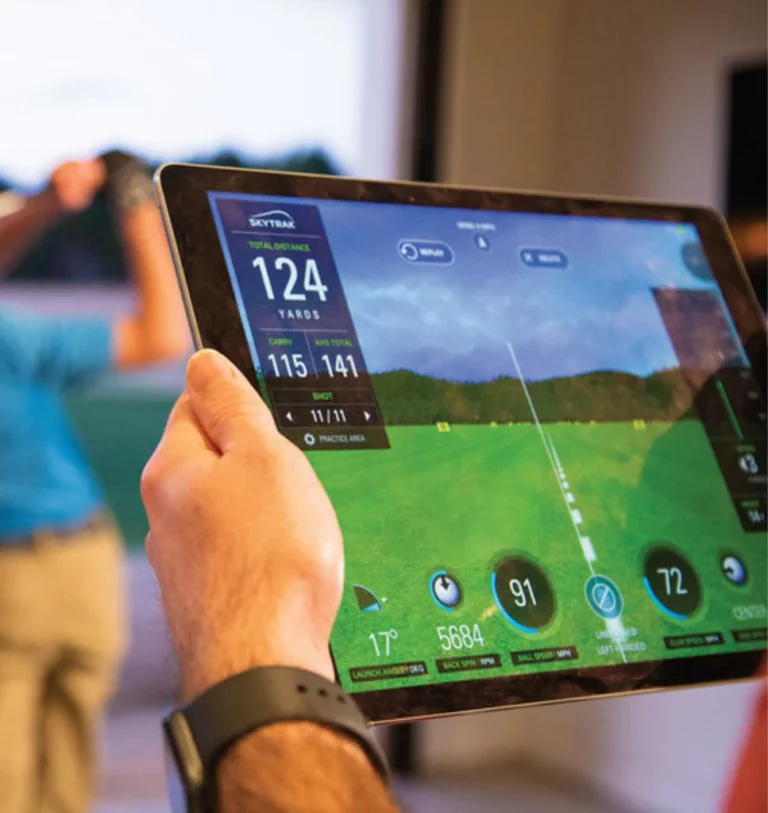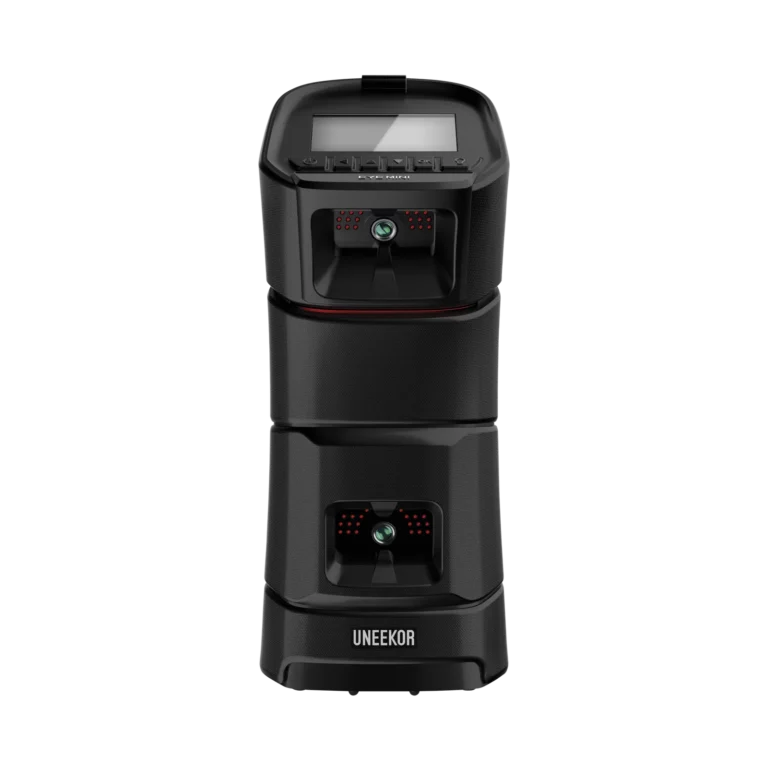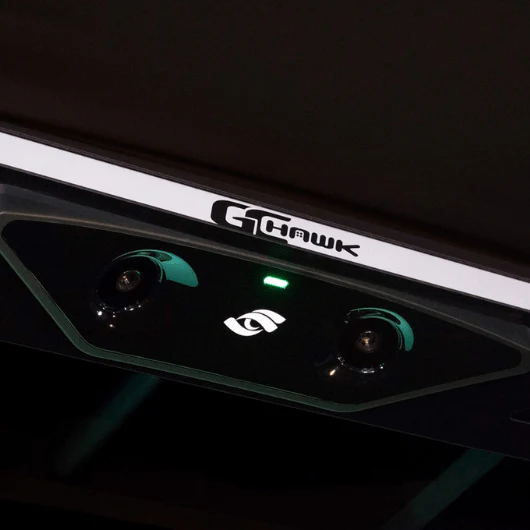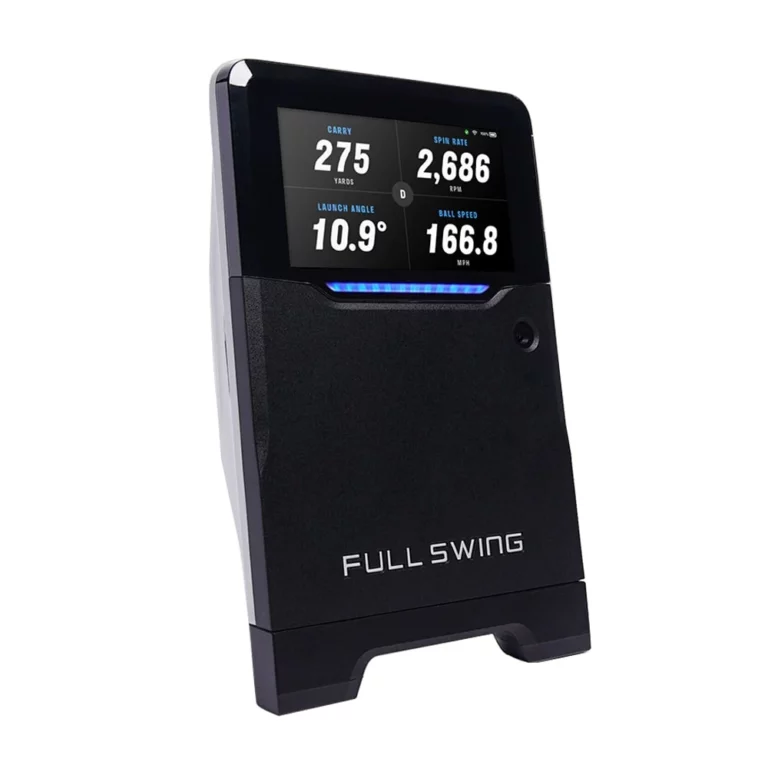Precise metrics are at the core of a launch monitor. But do you know how golf launch monitor metrics can improve your game? Most golfers are not aware of what each metric measures and what the data means.
To improve at golf, it is critical to understand these metrics and what they mean. In this article, we explain how you can use launch monitor data to analyze & improve your golf game!.
More importantly, we explain how you can use those metrics to actually improve your golf game
After all, metrics are useless if you don’t know how to use the data.
Let’s jump in and get started.
How To Improve Using Golf Launch Monitor Metrics
The following sections are useful to understand what the different metrics that launch monitors track and how to use them to improve.
It is easy to become overwhelmed with the data available to you, and this guide will help you make sense of these metrics and hopefully improve your overall experience.
The sections are broken down into Ball Launch Data & Club Data. Each section explains the following info about each metric:
- Metric definition
- What it means
- How to use the metric to improve your game
How To Use This Guide
The easiest way is to find the metrics that your launch monitor produces, and then look up the info we have provided here.
Once you understand what it is and what it means, you can select a few metrics that are critical to your improvement.
We explain how each metric can be used to improve your game. However, what you actually practice to improve is best left up to your coach (or your own practice plan).
Golf Launch Monitors

If you don’t currently have a golf launch monitor, or you want to upgrade we have information to help you out.
Check out our Launch Monitor Resource Guide for help on finding a launch monitor, how to use it, and reviews of the top launch monitors on the market.
Ball Launch Data
- Carry Distance
- Ball Speed
- Total Spin
- Vertical Launch Angle
- Horizontal Launch Angle
- Spin Tilt Axis
- Back Spin
- Side Spin
CARRY DISTANCE
The amount of distance the ball travels through the air.
What This Metric Means
Carry distance only measures the ball flight in the air until it hits the ground. It does not factor in roll
How to Improve your game with this Data
Use this metric to understand your average carry with each club. Knowing this will allow you to hit more greens & fairways and avoid more hazards. You cannot always control rollout, but you can control your carry distance. Additionally, you can track swing improvements by seeing an increase in average carry distance over time.
What This Metric Means
Ball speed is the main component in generating distance. This tells you how the fast the ball is moving right after impact.
How to Improve your game with this Data
This metric can be used to understand how well you are striking the ball. Higher ball speed equates to longer carry distance. Use this to identify how well you are striking the ball and track improvements over time.
What This Metric Means
This will determine the curve and lift of the shot. Spin rate has a massive impact on the height & distance of your shot.
More loft increases spin rate. A Lob wedge will spin more than a 7 iron when struck the same.
Higher swing speeds will increase spin rate. A Lob wedge struck with a 90 mph. swing speed will spin more than a Lob wedge struck with an 80 mph. swing speed.
How to Improve your game with this Data
For irons, you typically want more spin as you move from longer irons down to wedges. Total Spin helps you identify problems that you may need to work on (such as low spin on wedges).
For Driver, you want low spin and high launch (a rough guide is 2,700 rpm- 3,300 rpm). Having this data is critical to maximizing distance because you need to match the launch angle and spin rate for optimal launch.
What This Metric Means
This tells you what angle you ball was launched upwards into the air at. The launch angle, combined with ball spin and speed, will determine the ball’s carry and total distance.
How to Improve your game with this Data
This can be used to optimize your driving.
What This Metric Means
This is the direction in which the ball gets launched relative to the target line.
Horizontal launch angle, combined with side spin, will determine the final ball position range relative to the target line.
How to Improve your game with this Data
This can help you determine your face angle at impact which is critical if you want to know why your ball is moving in a certain direction. You can then use this information to dig deeper and find out the root cause as to why this is happening.
What This Metric Means
This determines the curvature of the ball flight. This metric is essentially the difference between club face angle and club path.
If the Spin Axis is negative, the ball will curve to the left.
A positive Spin Axis means the ball will curve to the right.
A Spin Axis of 0 means a straight ball.
How to Improve your game with this Data
You can use this metric to identify if the ball is curving in the direction you intend it to. For instance, if you are trying to hit a draw and your Spin Axis is positive, the ball will not curve to the left. You would need to practice on and inside-out swing to achieve a draw (in addition to a horizontal launch angle that is right of your target line).
What This Metric Means
This measures how much the ball is spinning front to back. It is a component of Total Spin (along with Side Spin).
How to Improve your game with this Data
This is a bit harder to use to improve as it is a very specific metric and you can use Total Spin instead of this. However, if you are working on wedges, this will tell you exactly what your back spin is. You should consider Side Spin though as well.
Alternatively, you can use Total Spin and Spin Axis to understand what is happening at a higher-level.
What This Metric Means
This measures how much the ball is spinning in a horizontal direction. It is a component of Total Spin (along with Back Spin).
How to Improve your game with this Data
This also is a bit harder to use to improve as it is a very specific metric and you can use Total Spin instead of this. However, if you are working on long irons (for example), this will tell you exactly what your Side Spin is which can help explain why a ball is curving left or right.
Alternatively, you can use Total Spin and Spin Axis to understand what is happening at a higher-level.
Club Data
Most photometric launch monitors use sophisticated cameras to capture and track the club marker (“fiducials”) placed on the club face.
What This Metric Means
This tells you how fast your club is moving just prior to contact with the ball. It is measured in miles-per-hour (mph). The average golfer has a driver Club Head Speed around 93 mph.
How to Improve your game with this Data
This metric can be used to help measure progress with your swing. If you are practicing to improve, you should see increases in Club Head Speed.
Alternatively, if your Club Head Speed is high but the ball is not carrying as far as expected, this can help you pinpoint other areas. For instance, you may have too much back (or side) spin on the ball robbing you of distance.
Or you may be hitting the ball off-center. Smash Factor can help you narrow down the problem even more.
What This Metric Means
Smash Factor is a simple equation that is Ball Speed divided by Club Head Speed. It tells you how efficiently you are transferring energy from the club to the ball.
A Smash Factor of 1.50 would be ideal for driver with a Club Head Speed of 100 mph. A 10 handicap would expect a Smash Factor of 1.45 on average.
How to Improve your game with this Data
Smash Factor is essentially the result of everything else you are doing in the swing. On its own, it can’t help you pinpoint anything other than you may not be swinging the club as well as you can.
If your smash factor is lower than expected, look at these areas to see if they are part of the root cause:
- Impact (you can use impact stickers to see if you are hitting the sweet spot of your club)
- Spin loft
- Face-to-path
What This Metric Means
This data point will tell you if the club was moving from inside-out, outside-in, or perfectly down the line.
Values
- Positive (+) – club is moving to the right of the target (in-to-out)
- Negative (-) – club is moving to the left of the target (out-to-in)
- Zero – club is moving straight down the target line
How to Improve your game with this Data
Use Club Path to see if your intended swing matches with reality. If you are trying to hit a draw (or fade), the launch monitor will tell you how your club is moving. In either case, this should not be a huge number (+/- 3 to 6 degrees is ideal).
This is a super useful metric to see what is really happening with your club face but is highly dependent on what you are trying to do with your swing.
What This Metric Means
This measures how much up or down the club is moving at the time the ball is struck.
Values
- Positive (+) – club is hitting up on the ball
- Negative (-) – club is hitting down on the ball
- Zero – club is moving straight down the target line
How to Improve your game with this Data
Angle of Attack (or Attack Angle) can be used to optimize your driver swing. For maximum distance, you need a driver’s Angle of Attack (AoA) to be positive.
So if you have a negative Angle of Attack for your driver, find instruction on how to change your swing to hit up on the ball off the tee to maximize carry.
Conversely, for a ball hit off the ground, the AoA should be negative. If you see positive values, work on drills to improve your ball striking with irons.
Note that ball position can have a significant effect on AoA so check that 1st when troubleshooting.
What This Metric Means
This measures what direction the club face is aligned to the target line at the time the ball is struck.
Values
- Positive (+) – club is open to the target line
- Negative (-) – club is closed to the target line
- Zero – club is square to target line
How to Improve your game with this Data
The direction a club faces at impact has the biggest affect on the starting direction of the ball.
So if you want to hit a fade, your club face needs to be pointed left of the target line at impact (closed) with your club path going out-to-in.
Conversely, if you want to hit a draw, your club face needs to be pointed right of the target line at impact (open) with your club path going in-to-out.
Use this metric in conjunction with club path to figure out why your ball is moving in the direction it is.
Founder of TheLuxeGolf, I am an avid golfer with a single-digit handicap with over 20 years of experience playing golf. I use my analytics education from Georgia Tech to help me research and write the best articles on luxury & premium golf products! I love how analytics has seeped into every aspect of golf and how it can be used to provide incredible insights into your game. In my time, I’m either writing about golf, watching golf, or playing golf!

